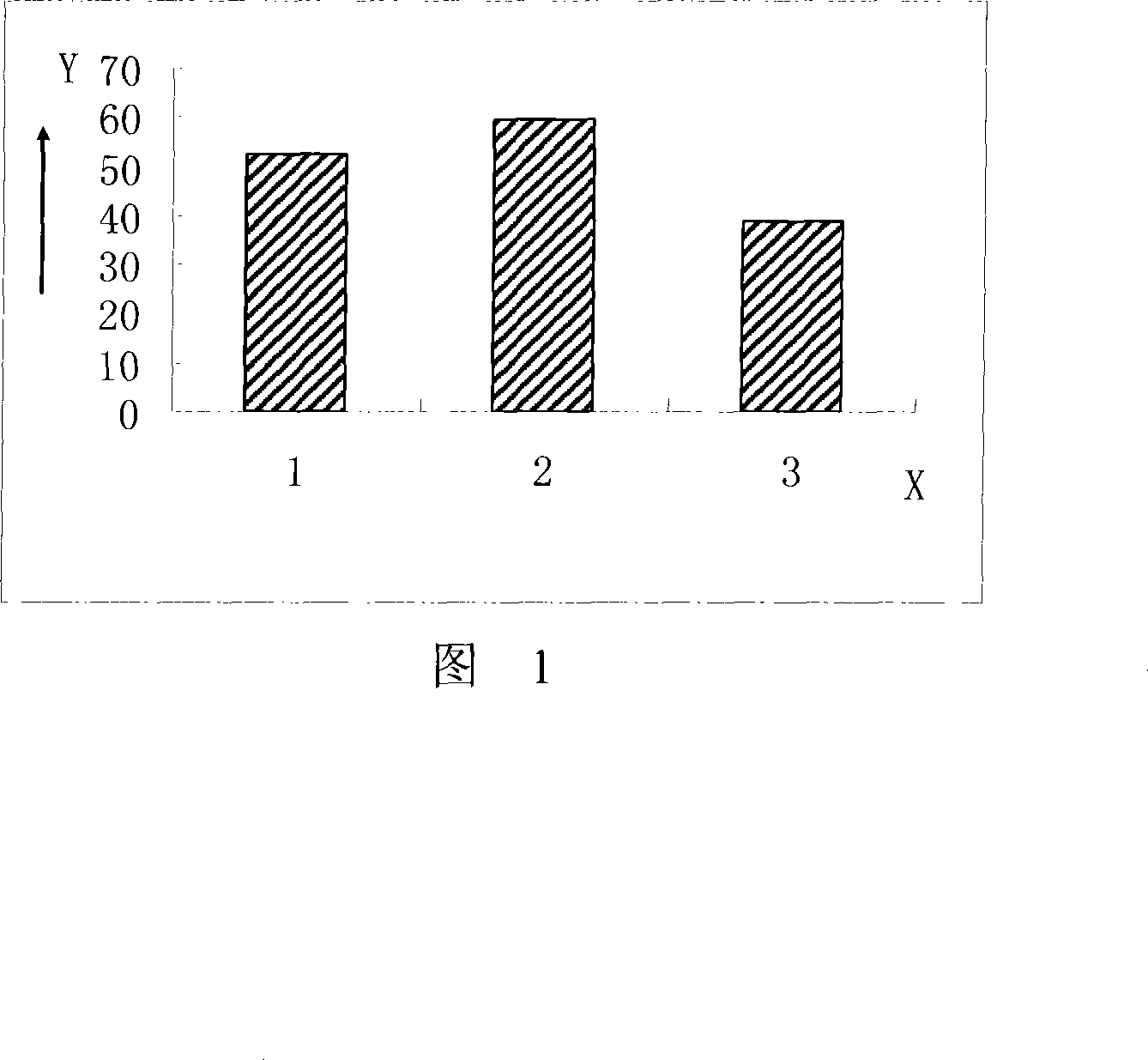Method for extracting astaxanthin, protein and chitin from shrimp shell by utilizing microorganism
A technology of astaxanthin and chitin is applied in the field of microorganisms extracting astaxanthin, chitin polysaccharide and protein from marine animals, which can solve the problems of unusable astaxanthin, reduce degradation cost, achieve good effect and reduce pollution discharge. Effect
- Summary
- Abstract
- Description
- Claims
- Application Information
AI Technical Summary
Problems solved by technology
Method used
Image
Examples
example 1
[0042] After 10 g of raw shrimp shells are coarsely crushed to 0.5-1.0 cm, water is added at a mass ratio of 1:2. Steam sterilization at 121°C for 20 minutes. Inoculate the liquid strains activated for 26 hours at a ratio of 15%, and degrade at 37°C for 36 hours. Centrifuge at 3800r / min for 10min. The supernatant was steam sterilized at 121°C for 20 minutes. After concentrating at 100°C for 10 minutes, it was dried at 105°C to obtain 0.7 g of protein powder. Use 10ml of organic solvent of ethanol:petroleum ether=1:5 to extract astaxanthin from the lower precipitate, and after 1h, the organic solution containing astaxanthin was concentrated under reduced pressure at 45-55°C under a vacuum of 100kp to obtain 0.58mg of astaxanthin. Organic solvent recovery. Wash the degraded shrimp shells and thalline precipitation on a 40-mesh sieve, and dry the eluate naturally to obtain 2 g of biological fertilizer. The remaining shrimp shell residues are dried and used as raw materials f...
example 2
[0044] Raw material, water ratio is the same as example 1. Use pasteurization at 60°C for 30min. Other operations are the same as example 1. Obtain 0.60 mg of astaxanthin, 0.73 g of protein powder, and 2.5 g of biological fertilizer.
example 3
[0046] Raw materials, adding water and sterilization conditions are the same as example 1. The strains were activated for 32 hours and inoculated with 10%. The degradation time is 40h, and the extraction solvent is 95% ethanol, and other operations are the same as in Example 1. Obtained astaxanthin 0.53mg, protein powder 0.77g, biological fertilizer 2.4g.
PUM
 Login to View More
Login to View More Abstract
Description
Claims
Application Information
 Login to View More
Login to View More - R&D
- Intellectual Property
- Life Sciences
- Materials
- Tech Scout
- Unparalleled Data Quality
- Higher Quality Content
- 60% Fewer Hallucinations
Browse by: Latest US Patents, China's latest patents, Technical Efficacy Thesaurus, Application Domain, Technology Topic, Popular Technical Reports.
© 2025 PatSnap. All rights reserved.Legal|Privacy policy|Modern Slavery Act Transparency Statement|Sitemap|About US| Contact US: help@patsnap.com

